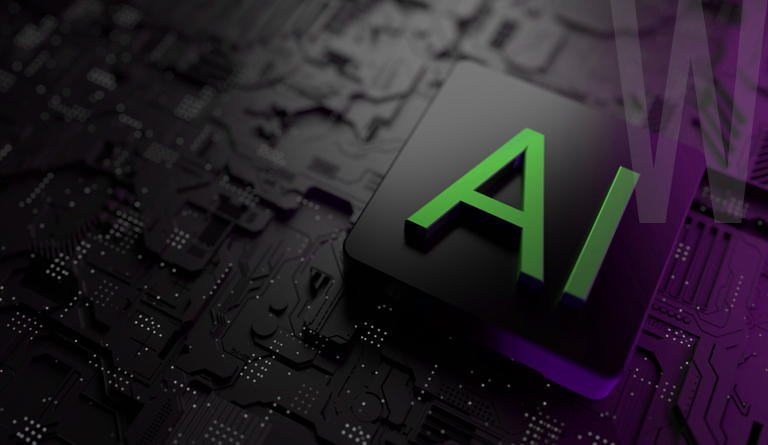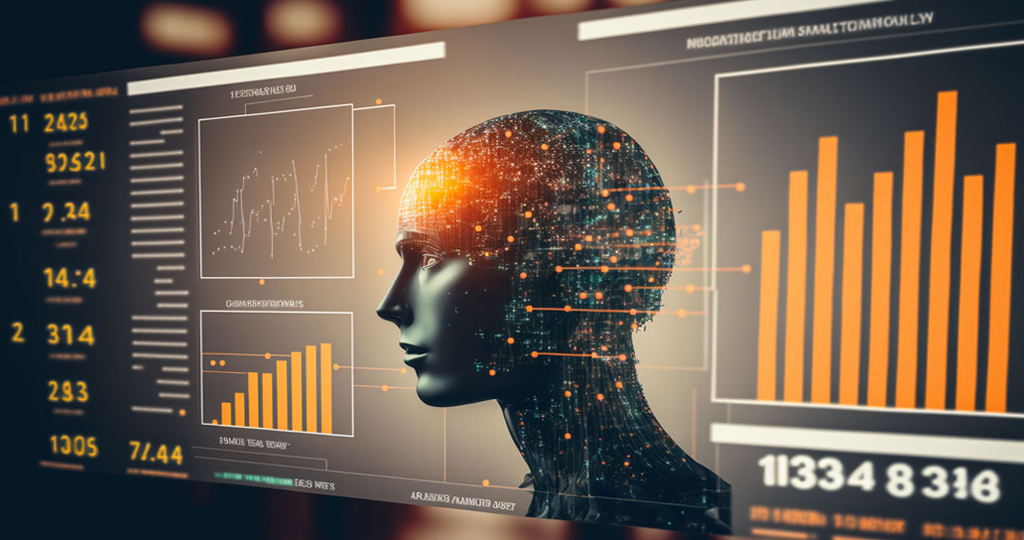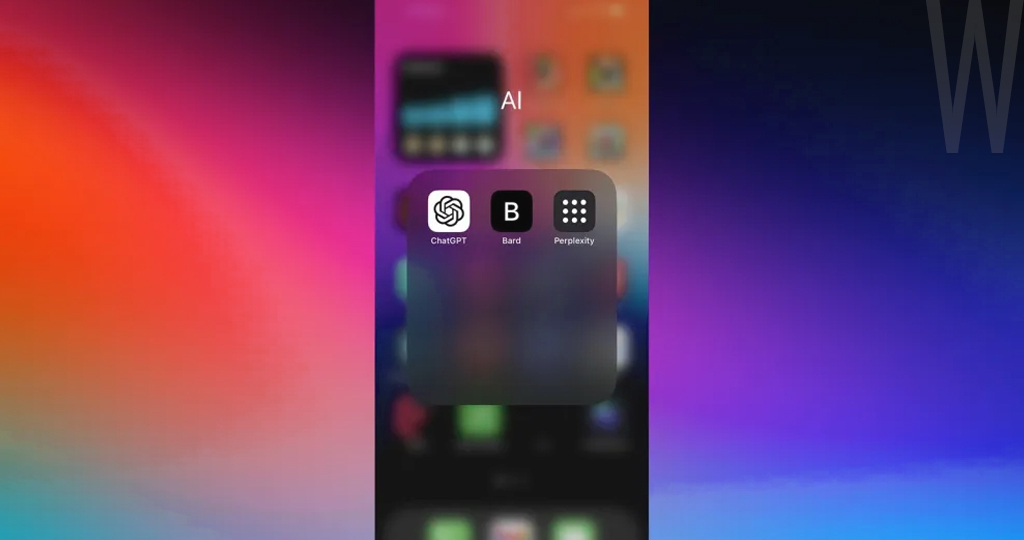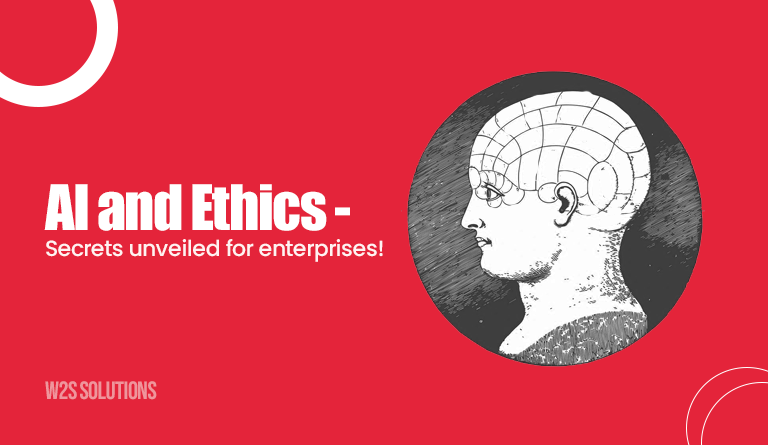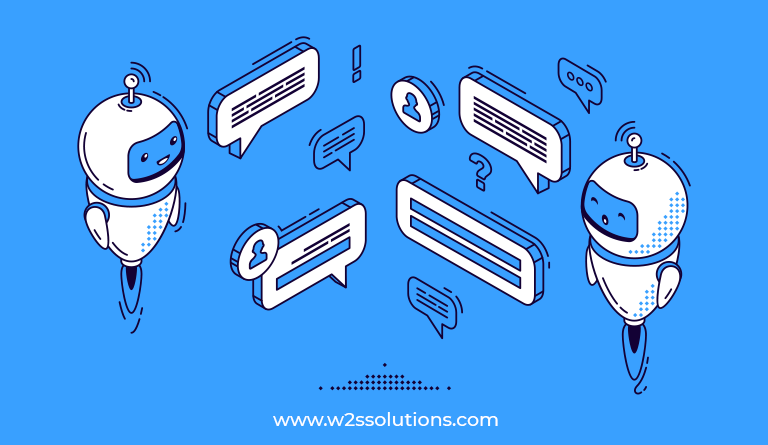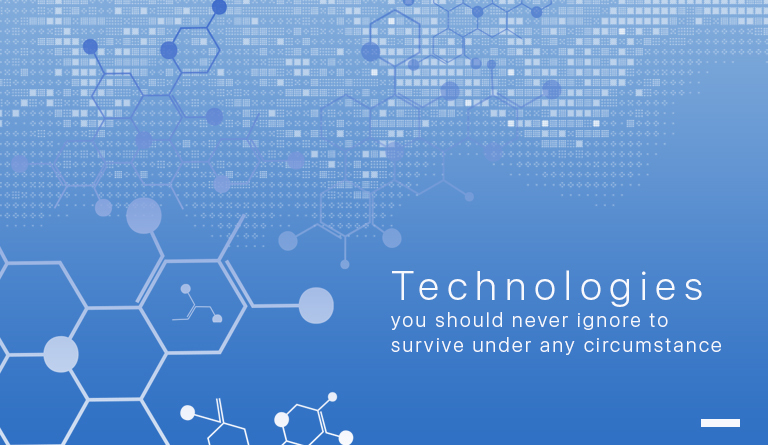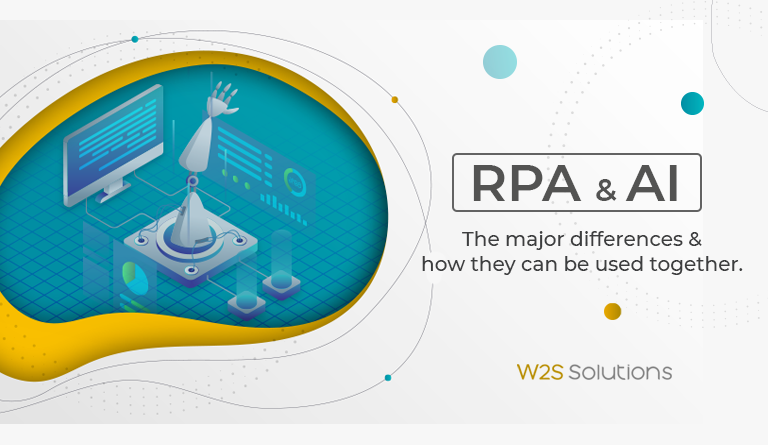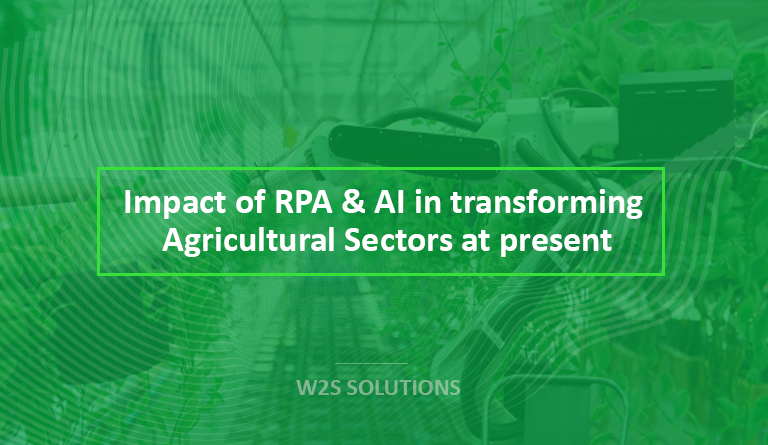Overview: Generative AI is the all new powerful technology that is driving the next generation of applications for visual arts, auto programming, and design to name a few. Different from Discriminative AI, Generative AI can produce synthetic data that can allegedly pass the Turing test. Are you excited for this new phase in technology? – Keep reading!
Generative AI is the hottest topic among enterprises today for its limitless possibilities to transform every aspect of business. It is usually associated with data journalism and deep fakes, where this technology will help to automate repetitive processes for accuracy, but its potential is far more than that. This technology enables computers to learn patterns based on a vague input and generate enhanced, and sometimes even optimal outcomes. It adopts various techniques, including generative adversarial networks (GANS), variational auto-encoders and transformers.
Generative AI offers good results through self-learning from all datasets, reduces the challenges linked with particular projects, trains machine learning (ML) algorithms, and enables bots to understand abstract concepts. It is estimated that 30% of manufacturers will use AI to increase product development efficiency by 2027. It can automate work for the manufacturing industry with data-powered autonomous decision-making.
What is Generative AI?
Generative AI is an innovative technology that helps you to generate artifacts based on human thoughts and experiences. It uses artificial intelligence (AI) and machine learning algorithms to create final products that look real. There are two ways for enterprises to use this technology:
- Enhancing workflows with humans: You can use the developed apps since the tasks are creative and performed by humans.
- Operating as an artifact production unit: It produces creative pieces based on your business needs with little human involvement.
What techniques are involved by Generative AI?
-
Generative Adversarial Networks (GANs):
An algorithmic architecture that aids two neural networks and uses them against each other for generating new synthetic data, it can capture, scrutinize and replicate any variations within a dataset.
The two neural networks mentioned above are called “Discriminator” and “Generator”. The generator manages the generating of new data that is similar to training data. The discriminator differentiates between generated data and training data to recognize which one is close to the original data.
-
Transformers:
Transformers in generative AI are capable of imitating cognitive attention and computing it in a different way to identify the input data parts. It can understand the images, languages, videos, etc., to generate content using large data sets.
-
Variational auto-encoders:
The variational auto-encoders encode the input data into a compressed code, whereas the decoder uses this code to reproduce the initial data. When appropriately trained, this compressed representation will store the input data in a smaller dimensional model.
What are the challenges associated with Generative AI?
Here are some of the common challenges faced by businesses while adopting generative AI:
-
Data Security:
Many sectors like defense, healthcare and so on rely on data which faces lots of privacy concerns when using generative AI apps.
-
Highly estimated capabilities:
Generative AI algorithms must focus on training data to perform tasks better, or these models will mix and match in the way they see fit to deliver the output.
-
Unpredictable Outcomes:
Generative AI is used for various fraudulent purposes, such as scamming and creating fake news, which is not resolved yet, but the technology is still utilized by many companies for its true potential in the right way.
What are the applications of Generative AI?
-
Healthcare:
The healthcare apps feature like converting semantic-image-to-photo translation provide final output of medical scans and imagery as photo-realistic images.
-
Location Services:
Generative AI can convert satellite images to map views, which is a massive step towards the next phase of mapping geographic locations.
What are the benefits offered by Generative AI?
-
Fraud Detection:
The automated fraud detection process will help you identify illegal and suspicious activities performed by hackers. This is all possible with AI since it uses predefined algorithms and rules.
-
Identity Protection:
With generative AI, you can handle the anonymity of users through avatars. For example, it protects the identity of the people.
-
Trend Analysis:
Technologies like AI and ML allow you to deep-dive into the data to predict future trends beyond traditional mathematical analysis.
Final Thoughts:
Generative AI has become very popular and is widening the vision of many industry verticals. With the adoption of this technology across different sectors, technology advances in the context of generative AI is replacing manual labor, allowing human resources to focus more on creative and managerial tasks. Enterprises wanting to reap the benefits of Generative AI, need to get professional support from a leading IT consultant, to avail cost-effective AI generative solutions, and stay ahead in the market.
